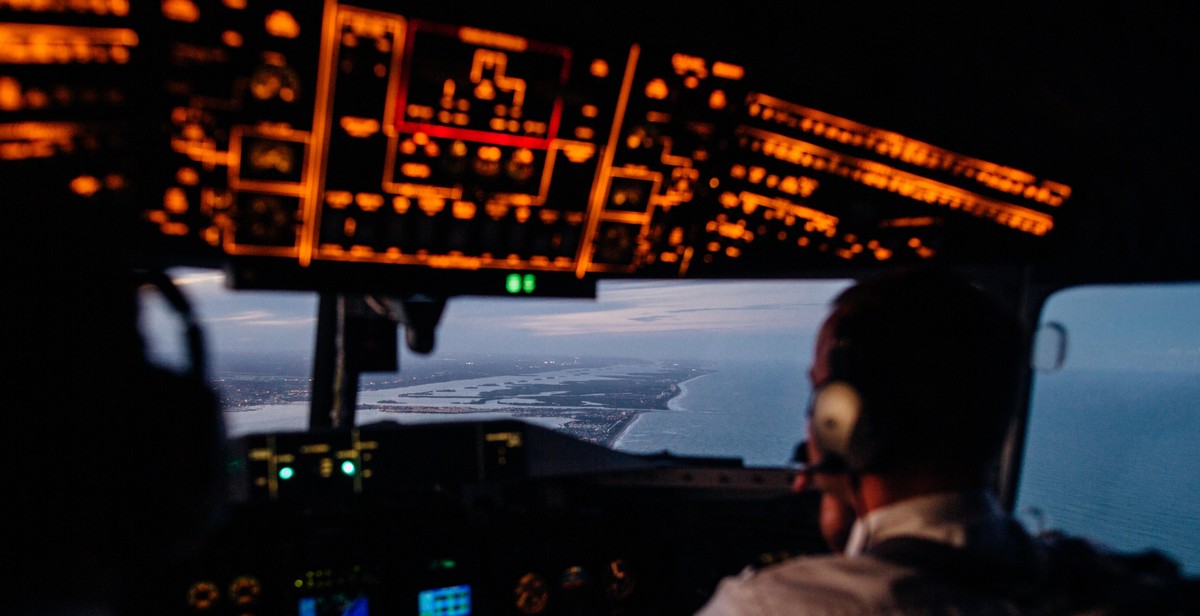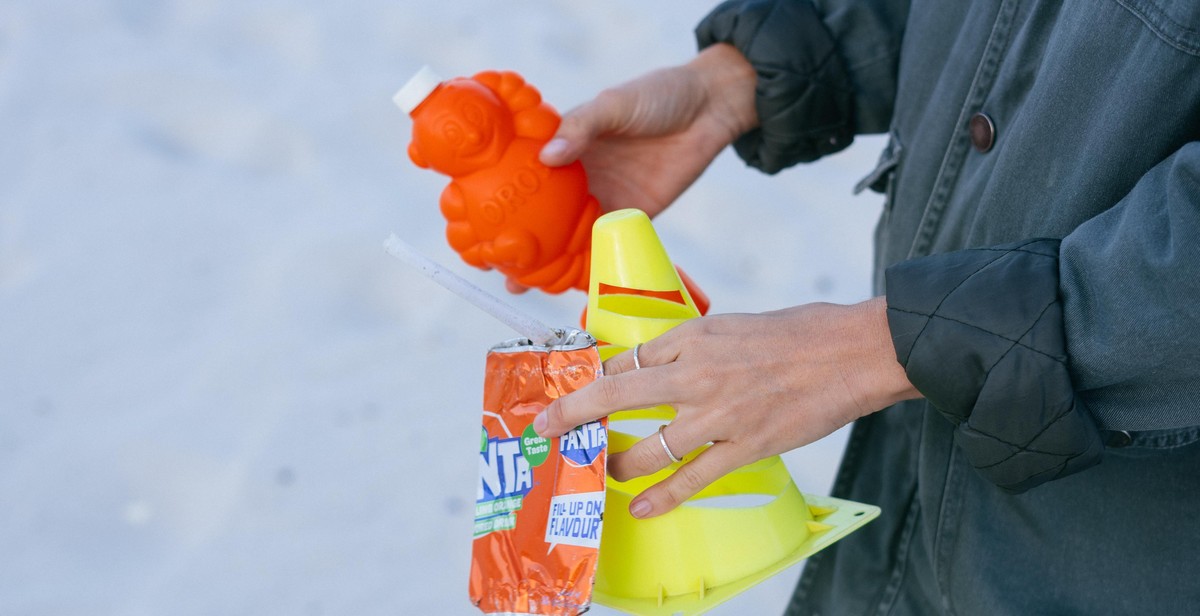Introduction
Robotics and artificial intelligence (AI) have revolutionized various industries, and disaster response is no exception. In times of crisis, such as natural disasters or emergencies, the need for quick and efficient assistance becomes crucial. This is where AI-powered machines and robots play a pivotal role in aiding disaster response teams and improving overall crisis management.
Robots equipped with advanced sensors, cameras, and AI algorithms have the ability to navigate through hazardous environments and perform tasks that may be too dangerous or time-consuming for humans. These machines can provide invaluable support in search and rescue operations, structural assessments, and debris removal, among other essential tasks.
AI-powered robots can analyze data in real-time, enabling them to swiftly identify survivors, assess the condition of buildings, and determine the safest routes for rescue teams. They can also collect and transmit critical information, such as images and videos, to aid in decision-making processes.
This article explores the various ways in which robotics and AI contribute to disaster response and crisis management. We will delve into specific applications of these technologies, discuss their benefits and limitations, and examine the potential of future advancements in the field. By harnessing the power of AI and robotics, we can significantly enhance our ability to respond effectively and efficiently to disasters, ultimately saving more lives and minimizing the impact of such events.
Understanding Disaster Response
Disaster response refers to the actions taken to address and mitigate the impact of natural or man-made disasters, such as hurricanes, earthquakes, floods, fires, or terrorist attacks. It involves a coordinated effort by various organizations, including emergency services, government agencies, non-profit organizations, and volunteers, to ensure the safety and well-being of affected individuals and communities.
Challenges in Disaster Response
Disaster response poses several challenges that can hinder effective crisis management. These challenges include:
- Limited resources: During a disaster, resources such as personnel, equipment, and supplies may be scarce, making it difficult to provide immediate assistance to all affected areas.
- Communication breakdown: Disasters often disrupt communication infrastructure, making it challenging to coordinate relief efforts and share critical information among response teams.
- Logistical difficulties: Accessing disaster-stricken areas can be hindered by damaged infrastructure, blocked roads, or hazardous conditions, making it hard to reach those in need.
- Time-sensitive nature: Immediate action is crucial in disaster response to save lives and prevent further damage. However, the limited time available to assess the situation and deploy resources can hinder effective decision-making.
- Complexity of needs: Disasters often result in a wide range of needs, including medical assistance, shelter, food, and clean water. Addressing these diverse needs simultaneously can be challenging.
Overcoming these challenges requires innovative approaches and technologies. One such technology is the integration of robotics and artificial intelligence (AI) in disaster response, enabling faster and more efficient crisis management.

The Role of Robotics in Disaster Response
Robotics has emerged as a crucial technology in disaster response, revolutionizing the way crises are managed and aiding in effective disaster relief efforts. These AI-powered machines play a pivotal role in addressing the challenges faced by responders during emergencies, providing assistance in a variety of ways.
Overview of Robotics in Disaster Response
Robots are deployed in disaster zones to perform tasks that are dangerous, time-consuming, or physically demanding for humans. Equipped with advanced sensors, cameras, and artificial intelligence algorithms, these machines can navigate through hazardous terrains, assess damage, and gather critical information in real-time. This data helps responders make informed decisions and allocate resources efficiently.
Types of Robots Used in Disaster Response
Various types of robots are utilized in disaster response scenarios. Unmanned aerial vehicles (UAVs) or drones provide aerial surveillance, capturing high-resolution images and videos, which aid in search and rescue operations. Ground robots, such as remotely operated vehicles (ROVs), are designed to traverse challenging terrains, including rubble and debris, to locate survivors or assess structural integrity. Additionally, humanoid robots equipped with communication capabilities can interact with survivors, providing emotional support and relaying information to responders.
Benefits of Using Robotics in Disaster Response
The utilization of robotics in disaster response offers numerous benefits. Firstly, robots can access areas that are inaccessible or hazardous to humans, ensuring the safety of responders. Secondly, their ability to operate autonomously or be remotely controlled allows for efficient and rapid data collection, enabling faster decision-making. Additionally, robots can perform repetitive tasks tirelessly, reducing the workload on human responders and allowing them to focus on more critical aspects of the operation. Moreover, the deployment of robots minimizes the risk of human error, increasing the overall effectiveness of disaster response efforts.

AI-Powered Machines in Crisis Management
In recent years, the integration of artificial intelligence (AI) in disaster response has revolutionized crisis management. AI-powered machines have significantly enhanced the efficiency and effectiveness of disaster response efforts, enabling quicker and more accurate decision-making processes. These machines are capable of analyzing vast amounts of data in real-time, providing valuable insights to emergency responders and aiding in critical decision-making during crisis situations.
How AI Enhances Disaster Response
AI-powered machines play a crucial role in disaster response by augmenting human capabilities and automating various tasks. These machines are equipped with advanced sensors, cameras, and communication technologies, allowing them to collect and transmit critical information from disaster-stricken areas. By leveraging AI algorithms, these machines can rapidly analyze the collected data, identify patterns, and generate actionable insights.
Moreover, AI-powered machines can assist in search and rescue operations by autonomously navigating through hazardous environments, locating survivors, and providing real-time updates to emergency teams. They can also assess the structural integrity of buildings, identify potential hazards, and determine the safest routes for rescue operations.
Applications of AI in Crisis Management
The applications of AI in crisis management are vast and varied. AI-powered machines can analyze social media data to identify and track the spread of misinformation during crises, enabling authorities to mitigate panic and provide accurate information to the public. Additionally, AI algorithms can predict the intensity and trajectory of natural disasters, allowing authorities to proactively allocate resources and plan evacuation strategies.
AI-powered drones equipped with thermal imaging cameras can quickly assess the scale of wildfires, monitor their progression, and help firefighters strategize their response. Furthermore, AI algorithms can optimize resource allocation by analyzing historical data and predicting the demand for supplies, ensuring efficient distribution during crisis situations.
In conclusion, the integration of AI-powered machines in crisis management has revolutionized disaster response efforts. These machines enhance decision-making processes, automate tasks, and provide invaluable insights to emergency responders. As technology continues to advance, the potential for AI in crisis management is immense, promising a safer and more efficient future in disaster response.

Examples of Robotics in Disaster Response
Robotics plays a crucial role in disaster response, aiding in various aspects of crisis management. Here are some examples of robotics technologies used in disaster response:
1. Search and Rescue Robots
Search and rescue robots are designed to navigate hazardous environments and locate survivors in disaster-stricken areas. These robots are equipped with sensors, cameras, and communication devices to assess the situation and provide real-time information to rescue teams. They can access areas that are inaccessible or too dangerous for humans, such as collapsed buildings or unstable structures.
2. Unmanned Aerial Vehicles (UAVs)
Unmanned aerial vehicles, commonly known as drones, are extensively used in disaster response operations. Equipped with high-resolution cameras and thermal sensors, UAVs can quickly survey large areas affected by natural disasters, providing real-time imagery and data for situational analysis. They help in identifying survivors, assessing damage, and mapping disaster-stricken areas.
3. Autonomous Underwater Vehicles (AUVs)
Autonomous underwater vehicles are specifically designed for disaster response in water-related emergencies. These robots can explore underwater environments, such as flooded areas or damaged infrastructure, without risking human lives. Equipped with sonar systems and cameras, AUVs assist in underwater search and rescue operations, mapping submerged structures, and assessing the extent of damage.
4. Medical Robots
Medical robots are employed in disaster response to provide essential medical assistance and support to injured individuals. These robots can perform tasks such as triage, remote monitoring, and even surgical procedures. They help alleviate the burden on healthcare professionals and ensure timely and accurate medical care in challenging environments.
These examples demonstrate the versatility and effectiveness of robotics in disaster response. By leveraging AI-powered machines, responders can enhance their capabilities, improve efficiency, and ultimately save more lives in times of crisis.

Challenges and Future of Robotics in Disaster Response
The integration of robotics and artificial intelligence (AI) in disaster response has brought significant advancements in crisis management. However, several challenges need to be addressed to fully harness the potential of robotics in this field.
Current Challenges
- Limited adaptability: Current robotic systems often lack the flexibility to handle diverse disaster scenarios. They are typically designed for specific tasks, making it challenging to respond effectively to dynamic and unpredictable situations.
- Communication and coordination: Coordinating multiple robotic systems to work together seamlessly remains a significant challenge. Ensuring efficient communication and coordination among robots, as well as with human responders, is essential for effective disaster response.
- Navigation and mapping: Navigating complex disaster environments, such as collapsed buildings or flooded areas, is a difficult task for robots. Developing robust navigation and mapping algorithms that can adapt to changing conditions is crucial for successful deployment.
- Power and endurance: Many robotic systems have limited power sources and endurance, which restricts their operational capabilities during extended disaster response missions. Enhancing battery life and energy efficiency are critical for sustained performance.
Future Developments
The future of robotics in disaster response holds great promise. Here are some key areas of development:
- Advanced AI algorithms: Continued advancements in AI algorithms will enable robots to make more intelligent decisions and adapt to changing circumstances. Machine learning techniques will enhance their ability to learn from past experiences and improve response strategies.
- Swarm robotics: Swarm robotics involves coordinating large numbers of relatively simple robots to work together as a cohesive unit. This approach allows for improved scalability, flexibility, and redundancy in disaster response, enabling robots to perform complex tasks collectively.
- Enhanced sensors and perception: Developing sensors with higher resolution, improved perception, and the ability to detect various environmental factors will enhance the situational awareness of robots during disaster response operations.
- Human-robot collaboration: Future developments will focus on improving the interaction between human responders and robots. Collaborative interfaces and intuitive controls will enable effective cooperation, leveraging the strengths of both humans and robots in disaster response.
In conclusion, despite the current challenges, the future of robotics in disaster response looks promising. Addressing the limitations and investing in research and development will pave the way for more efficient and effective crisis management using AI-powered machines.
Conclusion
In conclusion, the integration of robotics and AI technologies in disaster response has revolutionized crisis management strategies. These AI-powered machines have proven to be invaluable assets, providing efficient and effective solutions in challenging and life-threatening situations.
Robots equipped with advanced sensors and AI algorithms can navigate hazardous environments, gather critical data, and perform complex tasks with precision and speed. They can assist in search and rescue operations, damage assessment, and even provide medical aid to those in need.
The use of robotics in disaster response offers several advantages. It minimizes the risk to human lives by taking on dangerous tasks, reduces response time, and enhances the overall efficiency of operations. Additionally, AI-powered machines can analyze vast amounts of data and provide real-time insights, enabling emergency responders to make informed decisions.
However, it is important to acknowledge that while robotics and AI technologies offer significant benefits, they are not without limitations. These machines require continuous advancements in technology and regular maintenance to ensure their optimal performance. Moreover, ethical considerations and public acceptance must be taken into account when deploying robotics in disaster response scenarios.
As technology continues to evolve, the integration of robotics and AI in disaster response will only become more sophisticated and effective. Governments, organizations, and researchers must collaborate to develop and implement robust strategies that leverage the full potential of these technologies, ultimately saving lives and minimizing the impact of disasters.
